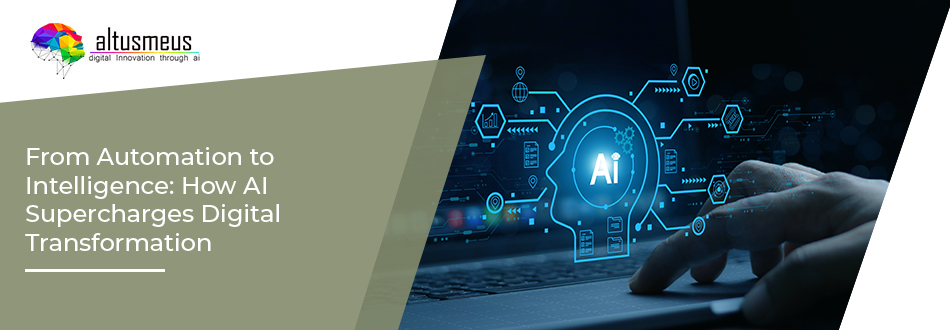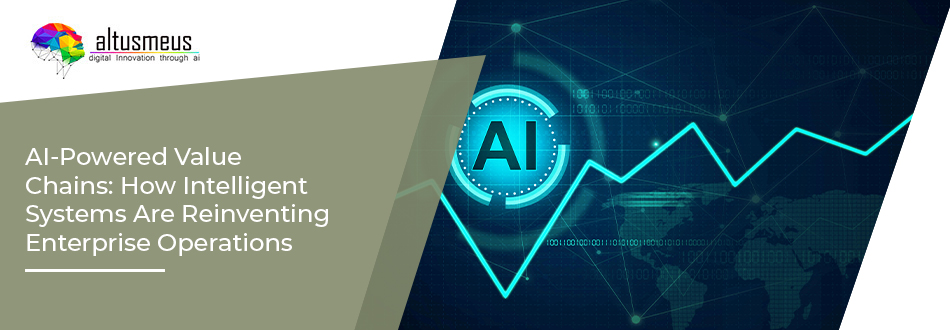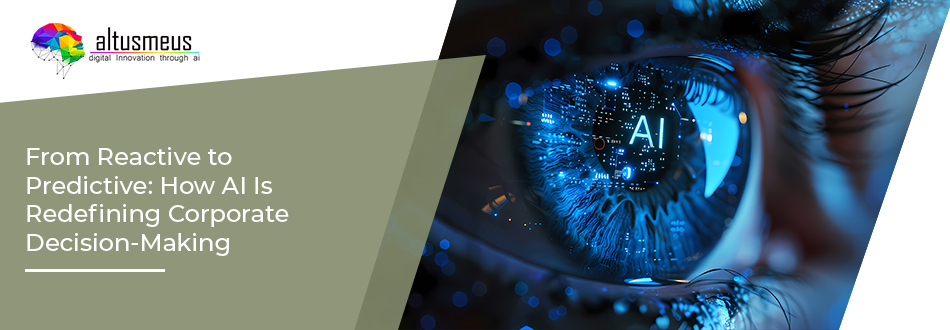For years, automation has been the driving force behind business efficiency. From assembly-line robots to software that handled repetitive back-office tasks, automation helped companies work faster, reduce errors, and cut costs. It was once the gold standard for boosting productivity.
But today, the landscape has shifted. Businesses face more complex challenges: rapidly changing markets, customers who expect personalized experiences, and competitors moving at lightning speed. In this environment, traditional automation falls short. Rules-based systems may reduce manual work, but they can’t adapt, learn, or think critically the way a talented workforce, or a smart system, can.
That’s why the future belongs to intelligent automation powered by Artificial Intelligence (AI). Adding intelligence to traditional automation unlocks adaptability, decision-making, and foresight. It transforms routine workflows into dynamic, value-creating processes that don’t just keep up with change, they anticipate it.
Crossing the Journey: From Automation to Intelligence
Moving from automation to intelligence is not about discarding existing systems. It’s about enhancing them with AI so they become smarter, context-aware, and capable of continuous improvement. Companies need to:
- Identify processes where intelligence adds measurable value.
- Integrate AI with existing automation instead of replacing everything overnight.
- Test and adapt solutions to ensure real-world outcomes match expectations.
The transition is less of a big leap and more of a guided journey, one that prepares organizations for the future of digital transformation.
Real-World Shifts: From Automation to Intelligence
Here are some practical examples of how AI is reshaping automation across industries:
1. From Scripted Chatbots to Conversational AI
Old chatbots could handle basic FAQs but often frustrated customers when conversations went off-script. AI-driven conversational bots understand natural language, learn from interactions, and provide tailored responses, sometimes even anticipating needs before customers ask.
2. From Keyword Search to Contextual Discovery
Basic search functions returned results based only on keywords. Today, AI search engines analyze context, user intent, and behavior. In e-commerce, this means a customer typing “running shoes for flat feet” will see highly relevant, personalized options instead of a generic product list.
3. From Rules-Based Processes to Adaptive Workflows
Traditional automation in finance or HR relied on “if-then” logic. AI-enhanced workflows detect anomalies, forecast risks, and adjust dynamically. For example, instead of simply approving or rejecting invoices, AI can highlight suspicious entries, suggest payment schedules, or forecast budget impacts.
4. From Static Marketing Campaigns to Predictive Engagement
Automated campaigns once sent the same email to everyone on a list. AI enables predictive marketing, where systems analyze customer behavior to send personalized offers, determine the best communication channel, and optimize timing for maximum impact.
5. From Manual Data Entry to Intelligent Data Processing
Automation used to process only structured data (like numbers in spreadsheets). With AI, businesses can extract insights from unstructured sources, scanned documents, handwritten forms, or even audio and video, reducing errors and unlocking hidden information.
6. From Predefined Workflows to Generative Assistance
Earlier, employees followed strict automated steps to complete tasks. Now, with generative AI, a simple prompt, “Generate a sales forecast using last quarter’s data and current market trends”, can instantly produce insights, reports, and visualizations, turning days of work into minutes.
How AI Supercharges Digital Transformation
These shifts highlight a bigger truth: AI is the catalyst that takes digital transformation beyond efficiency into innovation. By embedding intelligence, businesses gain:
- Agility – adapting processes in real time to market shifts.
- Scalability – managing complexity without scaling costs.
- Personalization – tailoring products and services to individual needs.
- Foresight – using predictive analytics to prepare for the future.
Digital transformation is no longer about just digitizing processes, it’s about creating systems that think, learn, and evolve. AI ensures companies don’t just transform for today but build resilience and competitiveness for the decade ahead.
How AltusMeus Helps Companies Make the Shift
At AltusMeus, we guide businesses on their journey from traditional automation to intelligent AI-powered systems. We help organizations:
- Pinpoint where AI can unlock real business value.
- Integrate AI seamlessly into existing automation workflows.
- Deliver solutions tailored to industry-specific challenges.
- Ensure that results on paper translate into real-world impact.
Whether it’s enhancing customer engagement with AI-powered chat, streamlining finance with predictive analytics, or enabling intelligent search on digital platforms, AltusMeus ensures that digital transformation is more than just a buzzword, it’s a reality.
Conclusion
Automation gave businesses efficiency. Intelligence gives them the edge. By moving from simple, rule-based systems to AI-driven solutions, organizations unlock adaptability, foresight, and innovation, the true engines of digital transformation.
The companies that embrace this shift today will be the ones shaping their industries tomorrow. With partners like AltusMeus, the journey from automation to intelligence becomes not just possible, but powerful.




